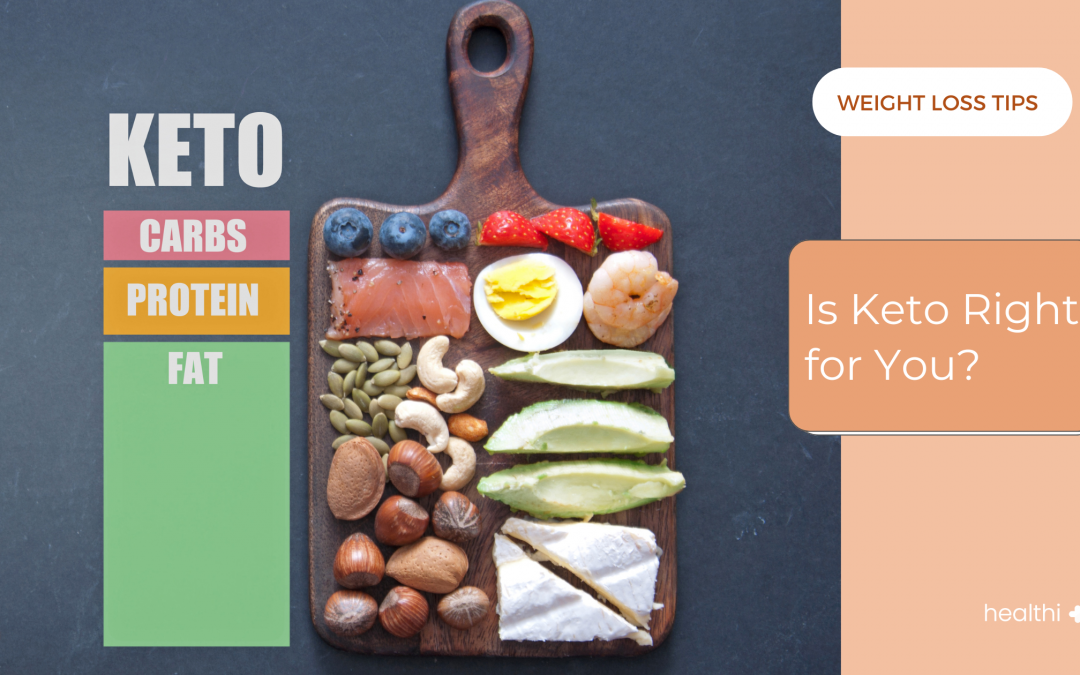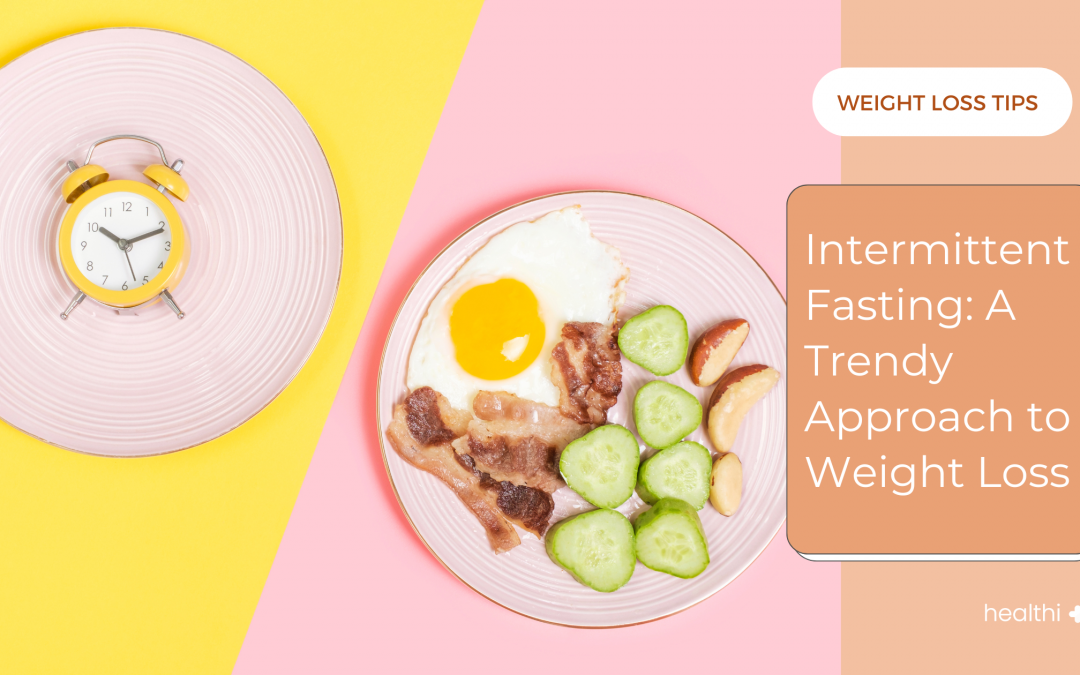It’s the new year, and you’ve decided to lose weight. Great! But if you have Hashimoto’s, that can be a bit tricky. You might be wondering: “How do I lose weight when I’m not sure if my thyroid is working right?” Well, we’re going to answer that question today! Here are our top 8 best eating habits to help you lose weight if you have Hashimoto’s.
Table of Contents
- Drink plenty of water every day
- Eat protein with every meal
- Eat a big salad every day
- Find an eating plan that works for you
- Have a thyroid-friendly snack in case you get hungry between meals
- Don’t drink your calories
- Incorporate intermittent fasting into your routine
- Exercise Regularly
1. Drink plenty of water every day
If you’re like most Americans, you probably aren’t drinking enough water. According to the Mayo Clinic, men need about 13 cups (3 liters) of fluids each day and women need about 9 cups (2.2 liters). But most people only get half that. The problem with this is that when our bodies are dehydrated, they’re less efficient at digesting food and absorbing nutrients from it. So even if you’re eating healthy foods and exercising regularly, you might not see the results you want. The most important thing you can do for your Hashimoto’s is drink plenty of water. Your body needs water to function properly and it will help flush toxins from your liver, kidneys, and colon. It also helps keep your digestive system functioning properly so that you get all the nutrients you need from your food.

2. Eat protein with every meal
Like any other living thing, your body needs protein to grow and repair itself. Nutritionists recommend that you get a little bit of protein with every meal—and just in case they aren’t around when hunger strikes, some people keep pouches of tuna fish under their desks! Eating protein with each meal also helps boost your metabolism by keeping your blood sugar levels stable throughout the day. This means that even if you have an especially large meal one day, your body won’t store extra fat as quickly as it would with carbs or fats because it doesn’t have a chance to spike its insulin levels.

3. Eat a big salad every day
You may have heard that salads are the best thing to eat when you’re trying to lose weight, but what exactly makes a good salad? The key is variety. You need to make sure that your salad contains plenty of vegetables and not just lettuce. Lettuce is high in water content, so it doesn’t fill you up like other vegetables do. Plus, it’s boring! To avoid getting bored with salads, try switching up the types of greens you use or adding different toppings like avocado or nuts. You may also try swapping out some of the ingredients for those that are lower in iodine. For example, you can replace spinach with arugula or romaine lettuce. Also, remember that some dressings contain high amounts of iodine so be sure to check the ingredients list before consuming them. If veggies aren’t your thing (and if we’re being honest here—they weren’t mine either), then there are always smoothies! Smoothies can be made from anything from fruit alone all the way down to just ice cubes and water if that’s how you roll. They’re also super quick and easy to make; throw everything into a blender until smooth and boom! You have a delicious snack or meal replacement waiting for you whenever hunger strikes.

4. Find an eating plan that works for you
It may take a few weeks, months, or even longer to find an eating plan that works for you. If you’re used to eating a lot of processed carbohydrates like bread, pasta, and cereal, you might need to adjust your diet. The same goes if you’re used to eating lots of meat or fat – although these foods aren’t necessarily bad for anyone with Hashimoto’s (as long as they don’t eat too much of them), someone who is already struggling with weight loss might want to limit them in their diet. You’ll want to stick with lean cuts of meat and things low in saturated fat.

5. Have a thyroid-friendly snack in case you get hungry between meals
Are you feeling hungry between meals? Are you craving a snack, but don’t want to derail your weight loss goals? Snacking is okay, as long as it’s done in moderation and with the right ingredients. A thyroid-friendly snack should be low carb, high protein, and high in healthy (unsaturated) fats. The best snacks for Hashimoto’s patients are those that help balance blood sugar levels—such as homemade trail mix made with nuts and seeds or an apple with almond butter (or other nut butter).

6. Don’t drink your calories
While it sounds obvious, many people don’t realize just how many calories they’re drinking each day. One 12-ounce can of soda contains 140 calories, and that’s not counting the high fructose corn syrup or other potentially harmful additives that are often in this type of drink. If you prefer to drink juice, be sure to read the label carefully; one bottle may contain as much sugar as two chocolate chip cookies! Instead of opting for sweetened beverages (including diet sodas), opt for water with lemon or lime instead to add some flavor without adding extra calories. You can also try sparkling water with fresh mint leaves—this combination is refreshing on a hot day and has zero added sugar!

7. Incorporate intermittent fasting into your routine
If you have Hashimoto’s, you may have heard about intermittent fasting as a way to lose weight. In fact, intermittent fasting has become so popular that nearly half of all Americans now practice it. It can help you lose weight because it helps reduce insulin resistance and blood sugar levels, which are often elevated in people who have low thyroid function or autoimmune thyroid disease (Hashimoto’s). This means that your body will be able to use glucose more efficiently and burn fat instead of storing it as fat cells in your body. Fasting also reduces inflammation in the body and helps control cortisol levels, which promotes weight loss by reducing stress on the adrenal glands and increasing fat-burning capacity in the liver. If you’re curious about incorporating intermittent fasting, consult your doctor to see if it’s right for you.

8. Exercise Regularly
Exercise is a great way to lose weight and keep it off. It helps you burn calories, become more physically fit and improve your mood. Plus, it’s a low-cost way to help manage your thyroid disease. The American Thyroid Association recommends 150 minutes of moderate exercise (such as brisk walking) or 75 minutes of vigorous exercise (such as jogging) a week for people with Hashimoto’s or hypothyroidism. You may not be able to do this much exercise at first, but don’t let that stop you from doing what you can. Even if you start with just 10 minutes of walking per day, that’s better than nothing! As your condition improves, try adding more activity until you reach the recommended amount each week. Just by the way, if you’re thinking about investing in a Fitbit device; don’t! Healthi now supports Fitbit step tracking and will report the steps it tracks directly into your phone.

For many Americans, especially those that have been diagnosed with Hashimoto’s and are struggling with weight loss, this change in your eating habits could be a game-changer when it comes to losing weight. But before you embark on any new endeavor (especially if it involves making changes to your diet), consult with your doctor and make sure that this is the best thing for you specifically!



















